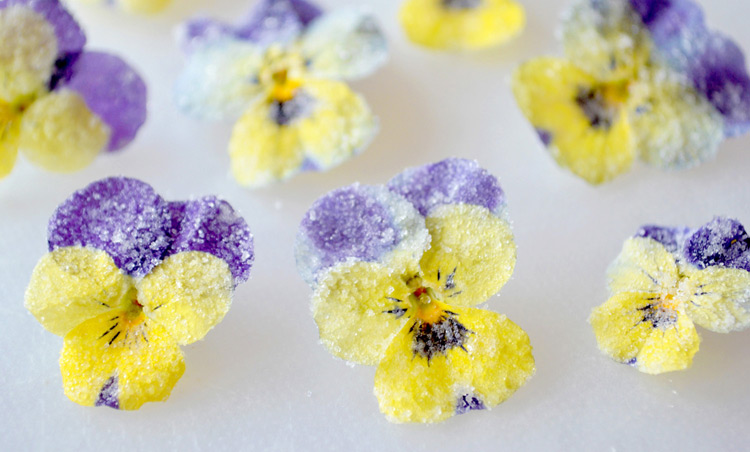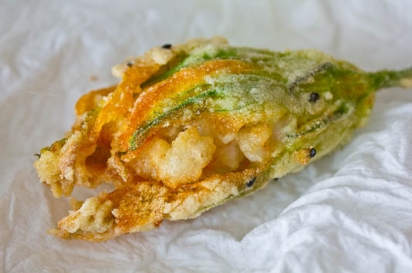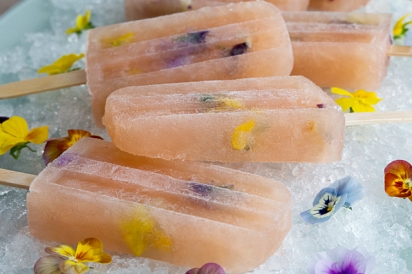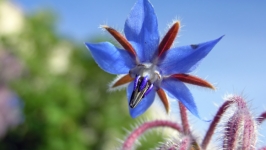Flower Power: Cooking with Edible Blooms
Mud season is a period of waiting: for the last of the snow to melt, trees and plants to bloom, tourism to reboot. Like many of us who live in the Roaring Fork Valley, I’m counting the days until summer, not just for the recreational activities, but because I’m jonesing for my favorite local foods: fresh cheese, stonefruit, tender greens, new potatoes, peas, berries and wild foods.
This time of year, the easiest way for me to signal spring, despite the lack of local produce in our high-altitude zone, is to cook with edible flowers. Many species have distinct flavors that lend a subtle note of complexity to a dish, such as the peppery bite of nasturtiums. Some, like chive blossoms, are potent enough to be used as an ingredient in their own right—I like them scattered atop frittatas, pastas or vinaigrette-dressed potato salads.
Squash blossoms are perhaps the most ubiquitous of edible flowers, although their culinary use is usually savory. Stuff them with seasoned, herbed chevre or ricotta (I like to add a bit of minced shallot as well), dip in a rice flour batter and fry until golden. They’re the ideal spring or summer brunch dish, and a great way to get your guests to interact (i.e. help) you in the kitchen.
Fruit compotes take especially well to flower infusions—try drizzling strawberries with lavender or rosemary blossom syrup and serve with tuiles or other crisp cookies or a scoop of vanilla or honey ice cream. Johnny jump-ups, with their tiny purplish flowers and mild, sweet taste make excellent dessert garnishes. And although their unassertive flavor isn’t appropriate for use as an ingredient in cooked dessert recipes, they are excellent for crystallizing as a garnish—as are violets and pansies.
Roses are perhaps one of the most popular flowers for culinary use, with good reason. Their delicate flavor is equally suited to jelly or gelato or used as a compote base for peaches, nectarines or plums, while the petals are excellent for making candies. Don't cook with modern rose hybrids, as the petals are too thick and bitter. Instead, seek out heirloom varieties from local farms—Damasks, Bourbons, Gallicas, and Musks have a more pronounced scent and thinner petals.









